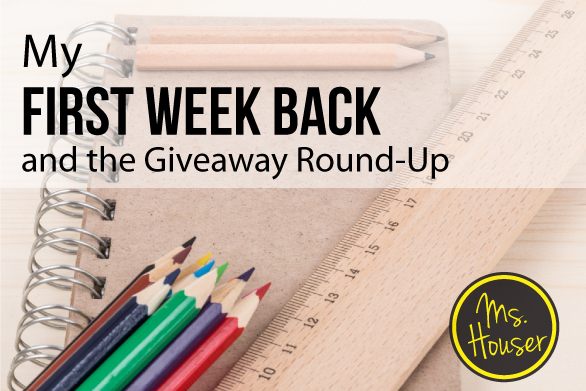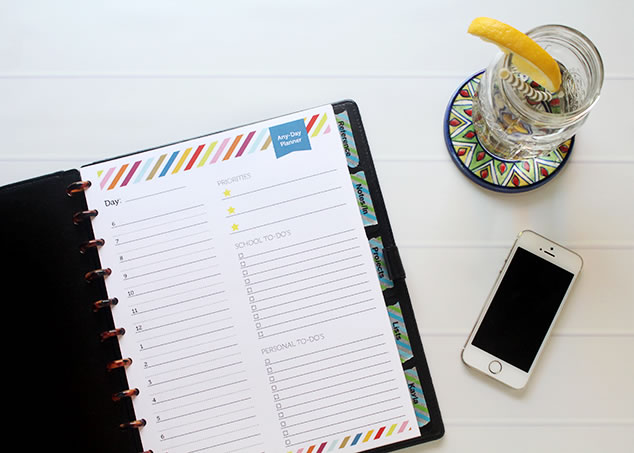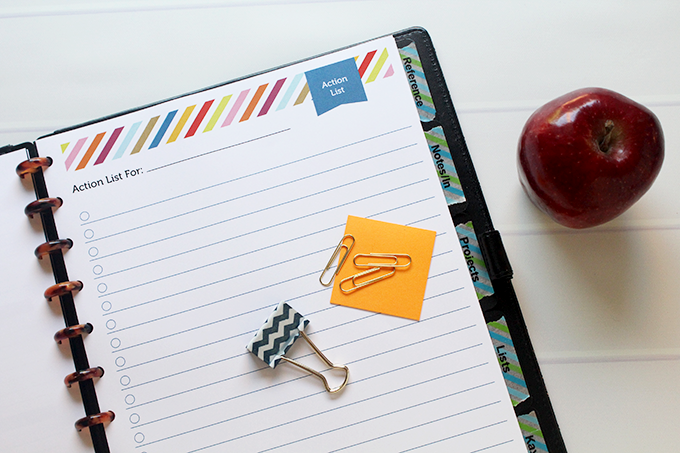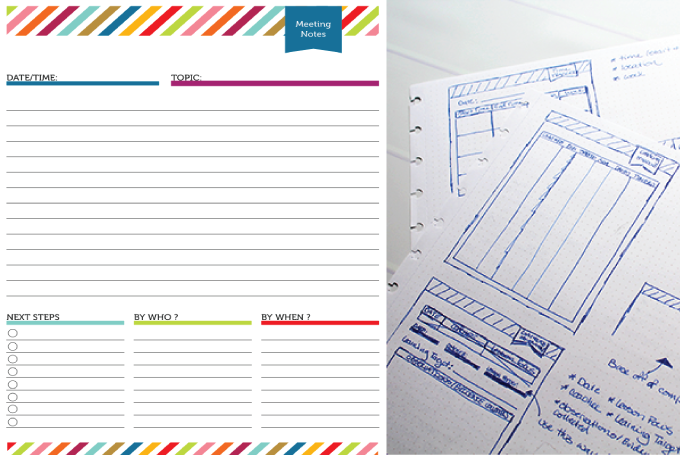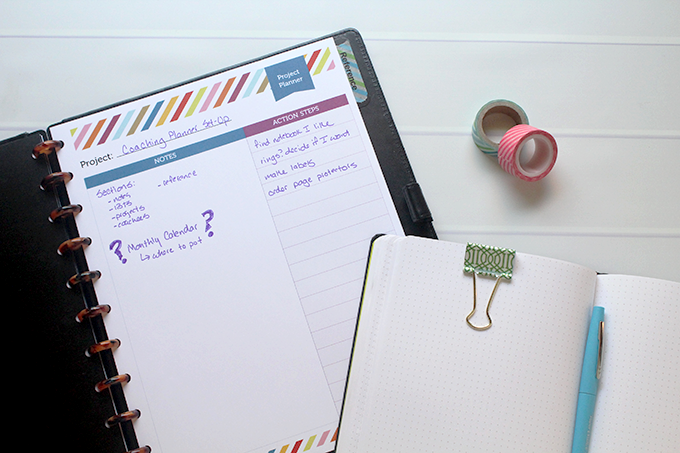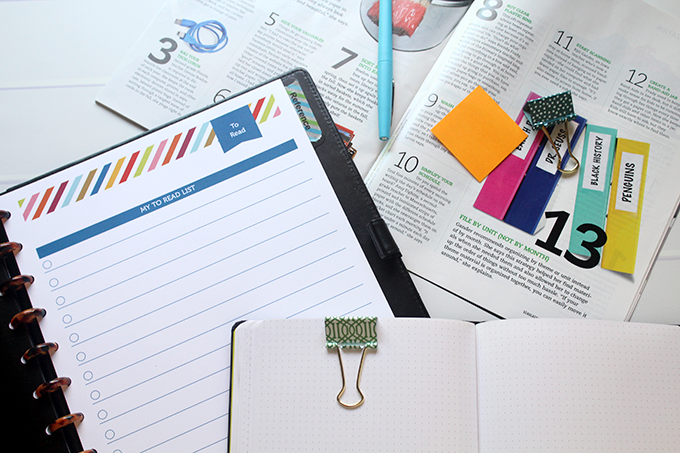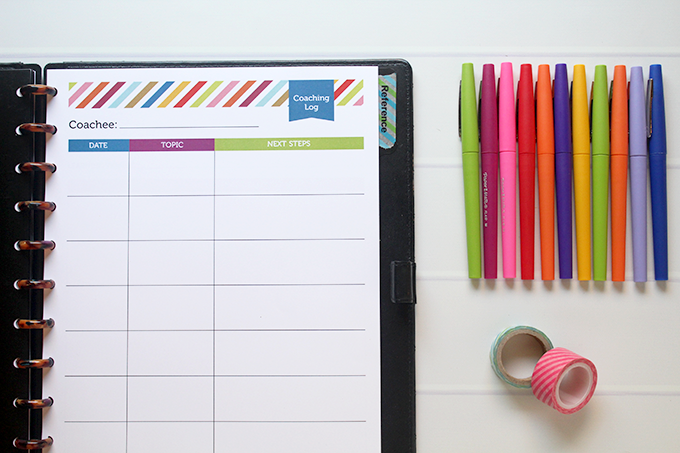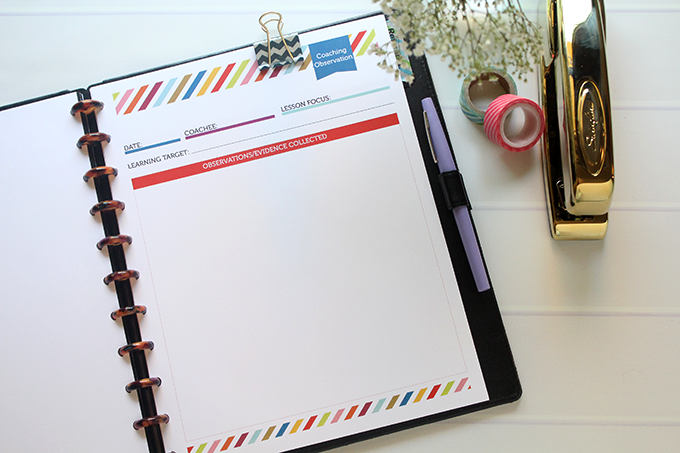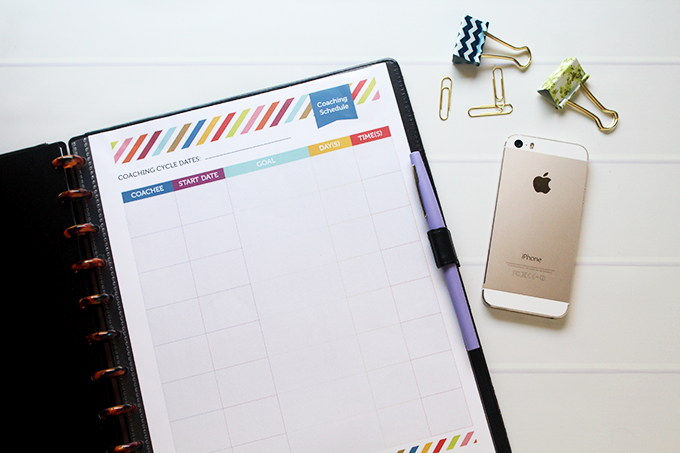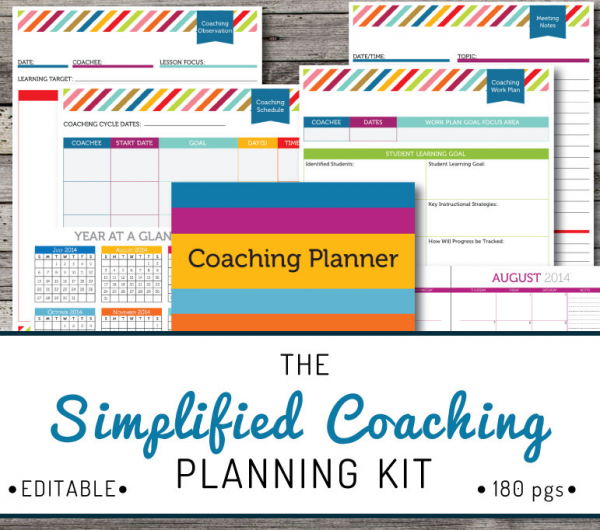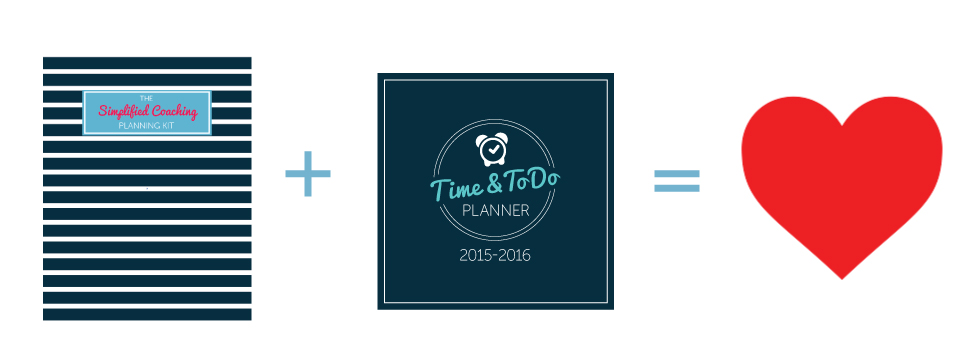My First Week Back and the Giveaway Round-Up
Goals and Motivation, Instructional Coaching, OrganizationWow oh wow. You guys are seriously amazing. Really though! I received over 200 (!) entries in response to the giveaway for The Simplified Coaching Planner. So many of you offered super smart and insightful Top Planning Tips that couldn’t have come through at a better time for me.
Last week was my first full week back at school, and man was it a busy one. No kids until this week, but we had a full week of PD with teachers, so I felt like a classroom teacher: greeting, planning for, and working with her students their first week back. Phew. Anyhow, I found myself with a bit of free time on Wednesday night, so I plopped down on the coach, opened my laptop, and started reading through all of the submitted planning tips. As I read, I found myself thinking, “That’s right!” or “I should do that!” and “Why am I not doing that?” then finally, “Kristin, you’ve got to get it together girl.” This last thought came from the fact that this past week wouldn’t exactly go down in the record books as being one of my most organized. To give myself some credit, it wasn’t that bad, but I did some pretty scatterbrained things like forgetting to put on my mascara one morning and then forgetting my laptop the next morning. I know. The forgetting my computer morning wasn’t great.
But luckily I had you guys and your Top Planning Tips to help me get back on track! Here’s a synthesis of my reminders/take-aways:
Schedule & Plan
- Make a weekly ritual with yourself to plan for the week ahead. Then set aside some time at the end of the day to check in on your plan, do a brain dump, then plan for the next day. This is a tip a lot of us know to do, but how many of us consistently do it? Maybe if I had been a bit better about this last week, I wouldn’t have had the “I forgot my computer” morning.
- Put it on your calendar…immediately. Don’t think you’ll remember to do it later.
- Color coding can be helpful for your calendar and in lots of other ways!
- Share your schedule with your coachees.
Organize and Prioritize
This was a big one.
- Get some organizational systems together sooner than later, then work your systems. Organization and efficient systems prevent the dreaded overwhelm, large paper piles, and other back-up.
- Keep everything together in one convenient place.
- You’ve got to prioritize. You’ll have a lot going on at school and at home when the year gets started. Determine what’s most important and reduce the time you spend on what’s not.
Focus
I had a hard time with this one this week.
- Be realistic with yourself and what you can get checked off of your to-do list each day.
- Write it down. Avoid multi-tasking.
- Carry your planner or a journal or a piece of paper with you everywhere.
Accept Imperfection
This was probably my most important lesson this week. As much as we might really, really want to be…we’re not superheroes. We’re not always going to be perfect and that’s okay. Sometimes, no matter how much planning we do, things don’t go according to plan. Actually, this happens a lot. Flexibility, reflection, and revision are always key ingredients to successful days and weeks.
So now…
I’m ready for a fresh start this week. And I’ll bet that if we all practice these planning principles throughout the year, we’ve got a pretty darn good shot at a great year.
But wait!
There’s more. You know how I said earlier this was just a synthesis of all the great Top Planning Tips I received? It just wouldn’t be fair of me to keep them all to myself. Which is why I’ll be sharing them with you later this week in another post…hang tight!
READ: 31 Top Planning Tips Post
I hope you all have a great start to the school year and I’m really excited to continue learning and growing with you here on the blog.
If you have a Top Planning Tip that you weren’t able to submit in the giveaway and are dying to share, please share in the comments below.
Thanks for all your support and have a great week!
![]()
If you’re not currently signed up to receive email updates, make sure to get signed up here!
Sign up for updates. It's FREE!

